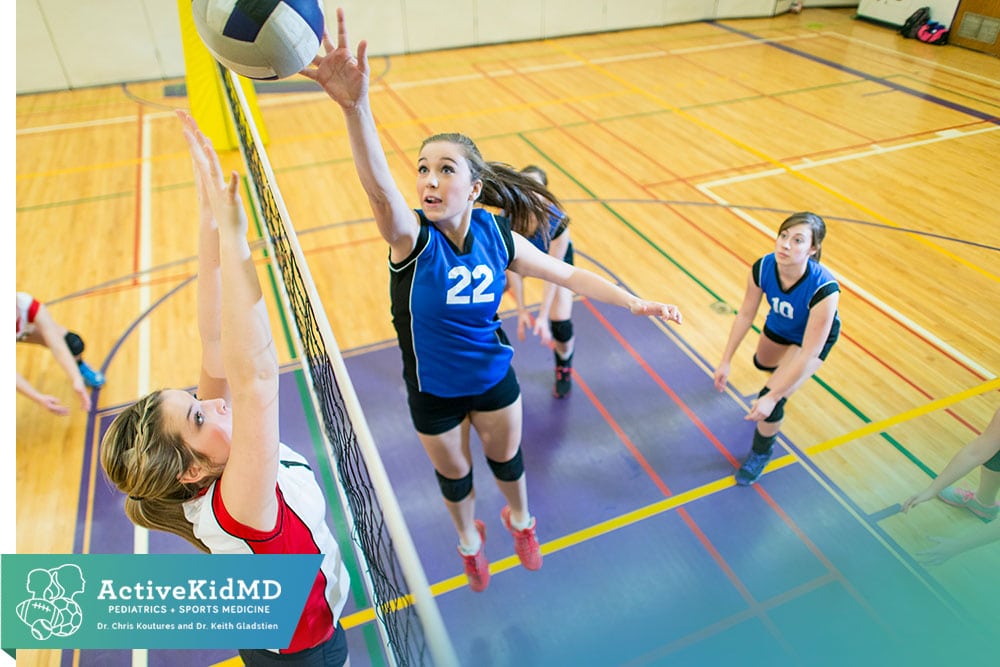When Volleyballmag.com asked me to write on volleyball jump training, I jumped at the opportunity.
I’ll apologize about the pun- but won’t apologize about wanting to cover this important topic the right way.
I started off by wanting to find solid answers to the following questions:

Volleyball Jump Training in Action at the USA Volleyball Anaheim Training Center.
Jump Training in Action at the USA Volleyball Anaheim Training Center.
- What exactly is jump training?
- Why should volleyball players do it?
- How to reduce injuries during jump training?
- When are good times to put jump training into match and other training schedules?
To do the best justice to volleyball jump training, I knew that I couldn’t go solo.
The good thing is that I knew exactly where to go for wise thoughts.
So I turned to two of my USA Volleyball sport physiology guru colleagues for their expert thoughts.
Having Tim Pelot (USA Volleyball Men’s National Team) and Jimmy Stitz (USA Volleyball Women’s National Team) on board was a major score. Look up their profiles- they are the real deal.
Then got another big score by tossing in pictures of a a few USA National Team members doing their jump training. You’ll see and read about a variety of exercises.
Volleyball Jump Training: Think we put together solid recommendations for players of all ages.
We cover selecting and preparing players for jump training.
We review why jump training is important. How it can help players play better deep into matches or a long week of practice. How jump training can reduce the risk of injuries especially to the knee and ankles.
We highlight the importance of proper technique with jumping and landing skills. No reason to reinforce bad habits with jump training- or increase the risk of hurting players.

You’ll see that jump training is not a one size fits all concept. Creating unique programs for each player, and closely watching progress, is absolutely essential.
Just as we used a team to write this blog, it takes a team to do jump training the right way. It involves players, coaches, strength and conditioning experts and medical people all planning and talking.
Volleyball Jump Training: This stuff isn’t just for volleyball players.
Yes indeed, this blog was written first and foremost for volleyball players.
However, this information is not just a volleyball thing.
Solid thoughts about jump training apply to basketball, track and field, or any other sport that involves jumping.
So if you aren’t a volleyball player, you still can check out and learn from the blog below.
If you are a volleyball player, don’t hesitate to pass on this stuff to your non-volleyball playing friends.
Anyone wanting to learn how to best approach jump training- click below and welcome aboard!
RELATED CONTENT:
- Volleyball Knee Injuries: Key USA Volleyball Prevention and Rehabilitation Tips
- Six Common Volleyball Injuries and How to Prevent Them
Dr Chris Koutures on incorporating jump training for volleyball players
https://volleyballmag.com/koutures-060119/


